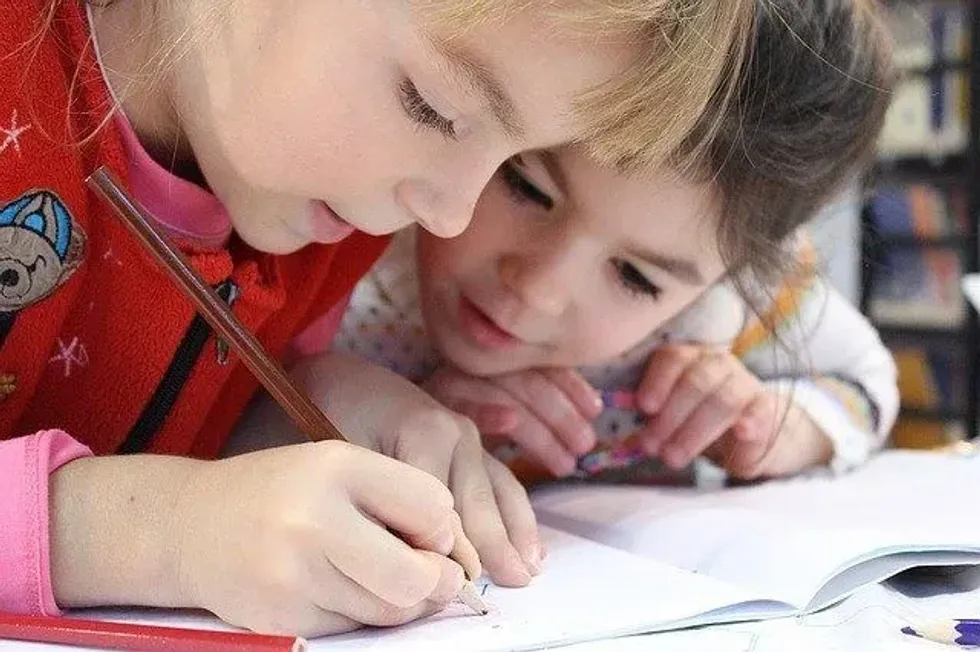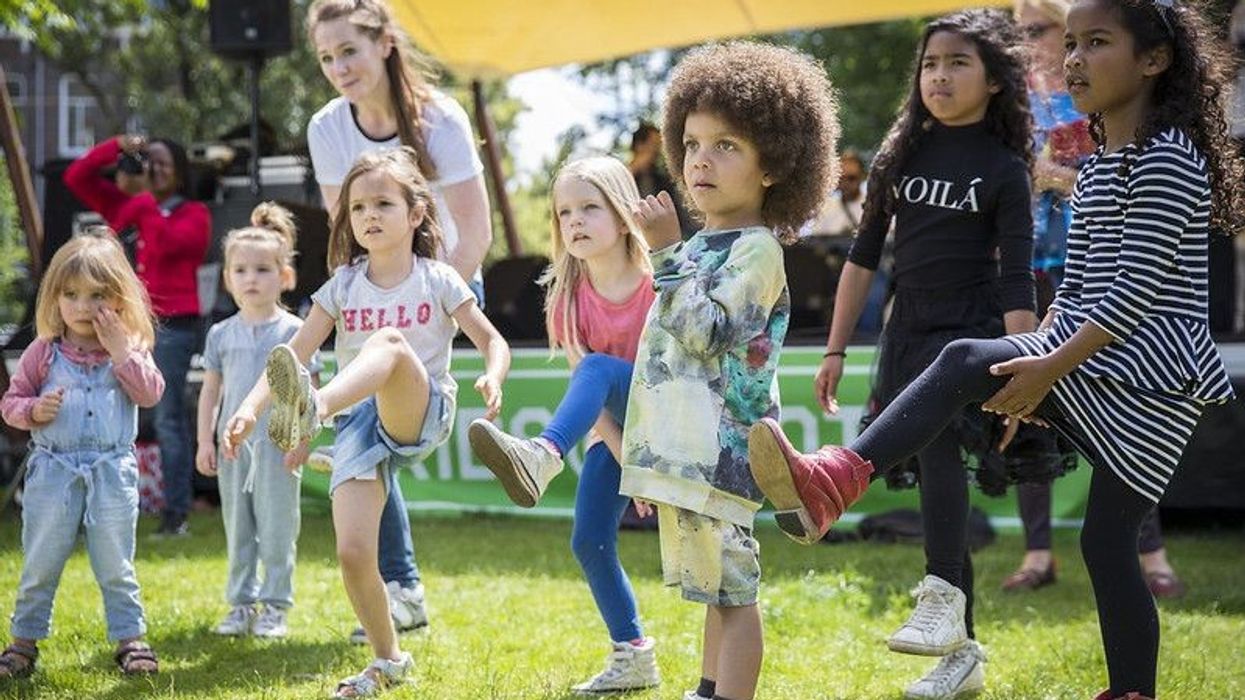When a child is just starting to explore the subject of mathematics, even basic addition facts or facts about subtraction can seem overwhelming and hard to understand.
Making addition fun, however, can really help kids conquer basic addition facts, especially if you can incorporate engaging hands-on tasks and memorable addition and subtraction facts into their learning at home.
Our facts about addition focus on sums to 10 and include ways to help learn basic additions, addition facts and plenty of ideas for fun addition facts practice your child can do anytime.
If your child has a huge thirst for early years maths and wants to know more then be sure to check out our great doubles facts. We also have some fun facts for kids for some fascinating trivia worth learning too.
Addition Basics
This first section outlines basic addition facts that can help cement an understanding of sums to 10, so if your child has ever asked 'what are facts in math?' then read on to find out the answer.
1. Addition is the word used to describe adding two or more numbers together.
2. The '+' symbol is used to indicate addition within a sum and can be used more than once such as 2+1+7=10.
3. The addition facts are all the sums that use one digit added to another single-digit from 1+1 to 9+9, so 4+6 is an addition fact, as is 5+3.
4. Addition and subtraction fact families are groups of calculations that are created using the same three numbers. For example 2+3= 5, 3+2 = 5, 5-2=3 and 5-3=2 are all one fact family.
5. There is a range of simple tools to use that can make understanding basic addition facts easier including worksheets, apps, counters and flashcards. There are many free online worksheets that can be downloaded and printed at home so a quick search to see what is available could be very useful.
6. There are nine different facts sums that make 10: 1+9, 2+8, 3+7, 4+6, 5+5, 6+4, 7+3, 8+2, 9+1.
Basic Addition Facts, Tips And Tricks

With basic addition facts being the fundamental building blocks of all other math sums, any tips and tricks that can make understanding them a little bit easier are worthwhile. This section contains some handy hints about basic addition facts and strategies for how to add numbers that can be used by your kid when completing tasks and worksheets.
7. When learning to add a single digit to another single digit, it can be helpful for a child to know that the numbers before the equals sign can be swapped around in the sum and they will make the same answer.
8. Addition family facts can be invaluable for kids, as it can be easier to start with the larger number and add a smaller number. For instance, 8+2=10 can be easier to grasp in the first instance than 2+8=10 when using counting on as an addition strategy.
9. Having a visual representation of basic addition facts can be helpful for children in mastering sums whether they are just doing some counting on or completing worksheets. You can use anything you have available around the house for this such as buttons, spoons, pencils or even socks!
10. There is a range of different strategies that can be used to help children master basic addition facts and the corresponding sums including counting on, jumping and borrowing. You might find that your child finds one really helpful to use at first or they may make use of all the math addition strategies available straight away.
11. Using number bonds is a great way to help children visualize basic addition facts.
A number bond is a small diagram where two digits, each in a circle, are joined with lines to form a bigger number, which is also in a circle.
There are plenty of bond worksheets available online that require the child to use their knowledge of basic addition facts to identify which digit is missing from the addition fact shown in the diagram and to fill in the blank circle.
12. There are a variety of tools that can help children learn to add to ten including number lines and squares. Having one of these resources to hand when your child is tackling an addition fact sum or completing addition facts worksheets provides a great understanding of how numbers work.
Questions To Test Their Understanding

Once you think your child is getting to grips with basic addition facts, testing their understanding with available worksheets, fun counting tasks and a range of questions about how to use sums to 10 can help embed their previous learning.
These questions about basic addition facts and facts sums are great for asking anytime for impromptu reinforcement or for turning into worksheets using their favourite characters or items as visual cues.
12. If Sarah's mom gave her 5 pencils, how many more pencils would she need to make ten?
13. Show all the sums to 10 you can make using the numbers 4 and 6.
14. Corey has 7 apples. How many more does he need to make 10?
15. Create a basic addition fact using the following single-digit numbers: 8, 5, 3
16. Write down all the basic addition facts that use 4.
17. What number do you need to add to 6 to make 8?
18. In a math class, Jess had one counter and Liam had five. If they add the counters together, how many do they have in total?
19. Write down all the fact family sums that use the numbers 3 and 7.
20. Mrs Jones has printed out 4 worksheets but she has 9 students in her class. How many more worksheets does she need to print out so that every student has one?
21. What do you need to add to one to make ten?
22. Aaron scored one goal in soccer and Paul scored five. Add their goals together to see how many they scored in total.
Here at Kidadl, we have carefully created lots of interesting family-friendly facts for everyone to enjoy! If you liked our suggestions for Explaining Addition Facts To 10 To Kids For Parents then why not take a look at count on facts, or facts about reading?










